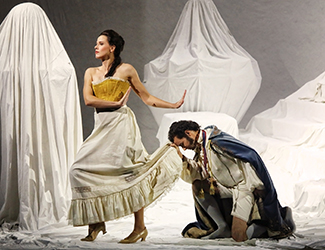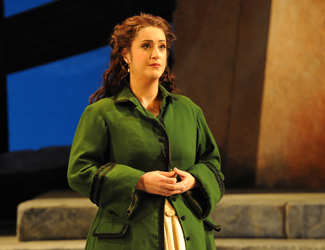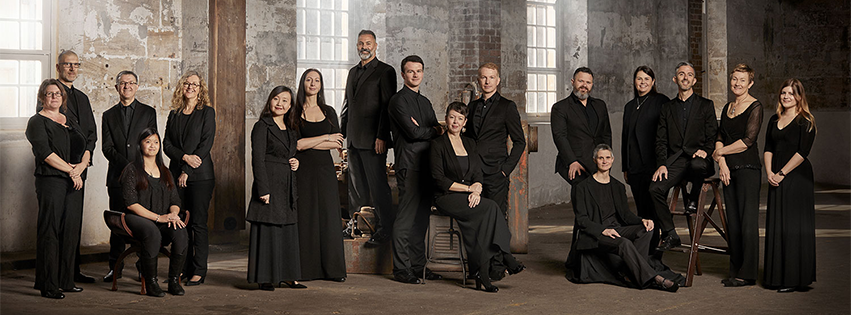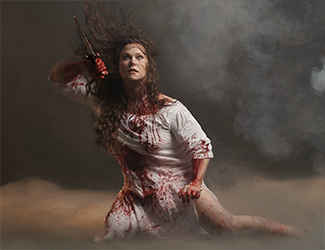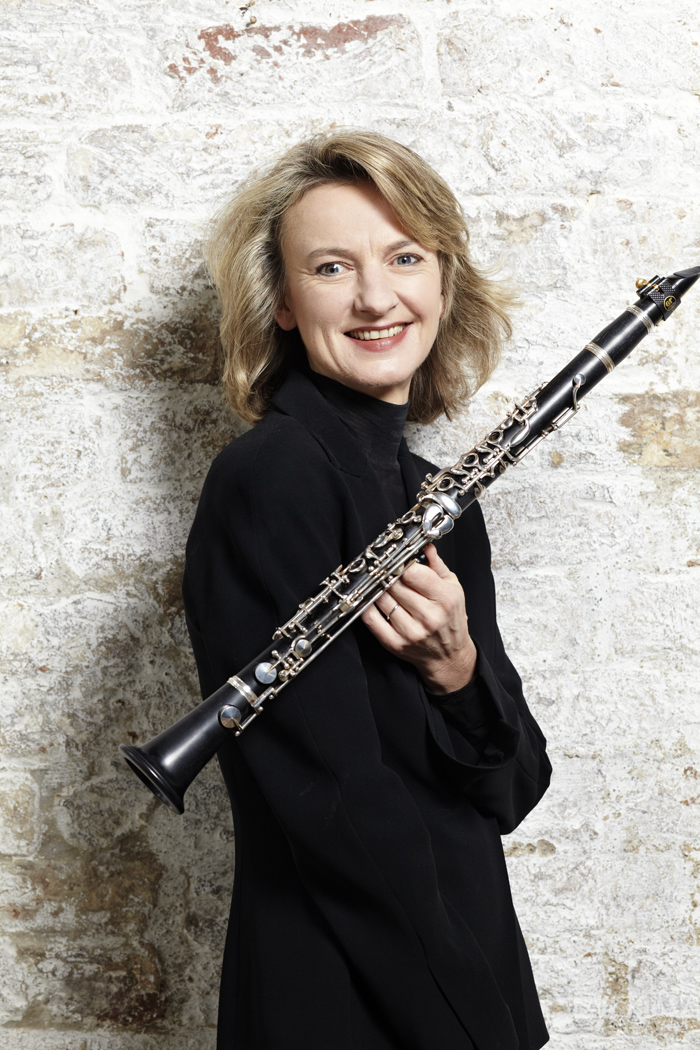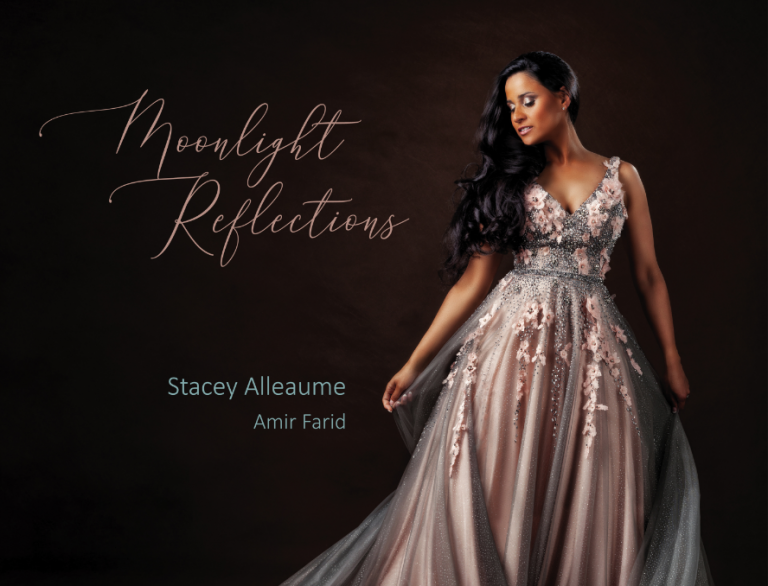Opera Review: Il Viaggio A Reims/ Opera Australia

Photo credit: Prudence Upton
Il Viaggio a Reims
Opera Australia
Joan Sutherland Theatre, Sydney Opera House,
October 24th, 2019
Written by Victoria Watson
The father of 19th century bel canto Gioachino Rossini wrote Il Viaggio a Reims specifically to coincide with and celebrate the 1825 coronation of the previously exiled King Charles X at Reims in rural France. The libretto hangs on a slim plot about the petty concerns and romantic intrigues of a group of nobles on their way to the coronation, but Rossini takes the irresistible opportunity to playfully satirise the decadence of the aristocratic classes of Europe in this frivolous romp that concludes with a prolonged and serious ode to the new King. Charles X would unfortunately prove to be a maligned despot and another French revolution followed, unseating him.
Rossini intended the opera not to be restaged beyond its special occasion, and he happily plundered the rich musical score for use in subsequent operas, notably his Le comte Ory. However, diligent scholarship resulted in the opera being revived and recorded in 1984. The opera is notoriously difficult and expensive to cast and perform, as it was intended as a showpiece for the finest bel canto singers Paris could display. There are no fewer than fourteen main roles, most of whom must sing devilishly challenging and flamboyant material featuring all the hallmarks of bel canto – fast and brilliant coloratura, extremes of range for each voice type including stratospheric high notes for the tenors and sopranos, breathtaking patter, luxuriant and highly embellished melodies and complex ensembles.
This supremely challenging opera is completely re-imagined for the twenty-first century in this ingenious new co-production from Italian director Damiano Michieletto. The action now takes place not in a rural hotel, but in a contemporary art gallery The Golden Lily. The travelling guests for the coronation are now portrayed as figures from the famed painting of that event – François Gérard’s The Coronation of Charles X at Reims. They arrive at the gallery in packing boxes and bubble wrap and perplexedly cannot find their way back to their purpose – to take their places in the painting – until right at the end when the tableau is finally recreated on stage in a theatrical tour de force .
This twist in the plot allows for all sorts of comedy and some delightful romantic pathos as contrast. The humour is often zany and absurd, as when other paintings literally come to life and parade around the gallery in the magnificent costumes designed by Carla Teti.
At times this business drifted into excess such as the intrusion of the semi naked actor searching for his stolen clothing in the magnificent “frozen” ensemble in act 2 where the music is so gobsmacking that stillness and focus might be more justified than adding distracting stage business.
However, the final act redeems any minor concerns as the characters move in almost imperceptible slow motion towards their endgame, whilst the “watcher” character Corinna (Irina Lungu) extemporises the florid dedication aria to the new King.
Making an important debut in Sydney was Maestro Daniel Smith who exhibited riveting command of the orchestra and stage. Born and raised in Sydney, Smith has had a stratospheric rise to fame in Europe as a conductor since winning major competitions there. He has recently conducted this opera at the prestigious Mariinsky theatre in Russia and at the Rossini Festival in Pesaro, Italy. Observing Smith’s mastery of this repertoire and the seamless connection he creates between orchestra and stage was a revelation. He perfectly balances his forces and elicits superb performances from the many soloists, chorus singers and instrumentalists. Smith exudes a vitality and fresh enthusiasm for the music that is infectious and the audience clearly expressed their enjoyment of his leadership and good humour with loud ovations.
While the whole cast shone particularly in the large ensembles, there were standout performances among the solo singers. Indian-Australian tenor Shanul Sharma (Libenskof) and mezzo-soprano Sian Sharp (Melibea) were exceptional, singing with beauty and acting with wit and charm. Sharma has a voice that exemplifies the principles of bel canto – an ease throughout his much extended range, musical clarity in all fioritura and a melting command of morbidezza, a softening of dynamic and mood that conveys great emotional sensitivity. Sian Sharp has a voice of real size and evenness of tone across all registers with faultless coloratura. She moves beautifully and added an edge to her character that always left one wanting to hear and see more of her. The intricate love duet between these two was a musical and dramatic triumph and a wondrously fine display of perfectly balanced ensemble from both performers.
As the delightfully frivolous Countess of Folleville, Emma Pearson commanded the stage with a perfect combination of vocal beauty , technical mastery and comic brilliance. It was exciting to see other fine Australian performers in the cast, from the experienced confidence of helden baritone Warwick Fyfe to a new bel canto star in the making – Melbourne soprano Kathryn Radcliffe as Delia. John Longmuir was in his element and delightful as Don Luigino, Julie Lea Goodwin showed her versatility and style as Madame Cortese the entitled gallery owner.
Popular Italian baritone Giorgio Caoduro was in superb form as the rarities collector Don Profondo. His patter aria auctioning treasures demonstrated both breathtaking bravura and clever comic command as he mimicked the accents of the countries of origin of each item at breakneck speed. As the sympathetic heart of the piece Corinna, Russian soprano Irina Lungu displayed a lush tone and sweet persona.
Altogether this opera delivers on so many levels and will generously reward repeat visits – though there are deservedly not many seats unsold – Bravi tutti!
Victoria Watson for SoundsLikeSydney©
Victoria Watson is a graduate of Melbourne university and VCA. Victoria appeared regularly as a soprano with the Victoria State Opera and has toured and served as artistic director of many chamber ensembles.
She has performed with the Sydney Symphony Orchestra and for ten years, was artistic director of a major opera education project with Opera Australia. Since 2015 she has moved into directing opera including Mozart’s Cosi Fan Tutte at the Independent theatre.
Victoria has lectured in voice at the major universities in Melbourne, and is currently a tutor at UNSW. Having taught at major Sydney secondary colleges, she now runs a busy private singing studio. She is a published author on opera and a popular freelance music and theatre lecturer and advocate for Australian artists around the world.
Opera Australia’s production of Il viaggio a Reims is performed again tonight and on selected dates until Nov 2, 2019, in the Joan Sutherland Theatre of the Sydney Opera House.

